[/caption]
In just over 3 weeks’ time, Russia plans to launch a bold mission to Mars whose objective, if successful , is to land on the Martian Moon Phobos and return a cargo of precious soil samples back to Earth about three years later.
The purpose is to determine the origin and evolution of Phobos and how that relates to Mars and the evolution of the solar system.
Liftoff of the Phobos-Grunt space probe will end a nearly two decade long hiatus in Russia’s exploration of the Red Planet following the failed Mars 96 mission and is currently scheduled to head to space just weeks prior to this year’s other Mars mission – namely NASA’s next Mars rover, the Curiosity Mars Science Laboratory (MSL).
Blastoff of Phobos-Grunt may come as early as around Nov. 5 to Nov. 8 atop a Russian Zenit 3-F rocket from the Baikonur Cosmodrome in Kazakhstan. The launch window extends until about Nov. 25. Elements of the spacecraft are undergoing final prelaunch testing at Baikonur.
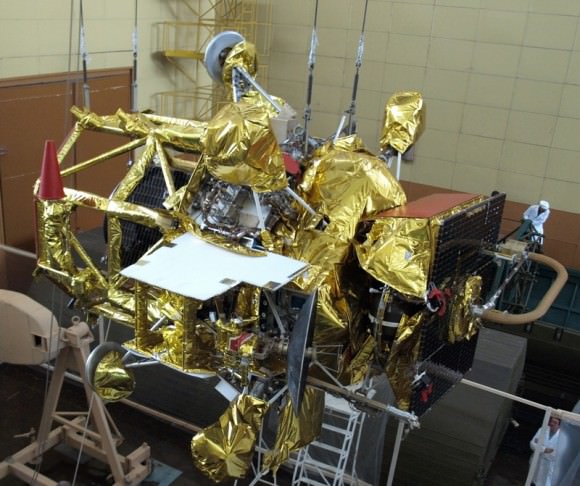
Baikonur is the same location from which Russian manned Soyuz rockets lift off for the International Space Station. Just like NASA’s Curiosity Mars rover, the mission was originally intended for a 2009 launch but was prudently delayed to fix a number of technical problems.
“November will see the launch of the Phobos-Grunt interplanetary automatic research station aimed at delivering samples of the Martian natural satellite’s soil to Earth’” said Vladimir Popovkin, head of the Russian Federal Space Agency, speaking recently at a session of the State Duma according to the Voice of Russia, a Russian government news agency.
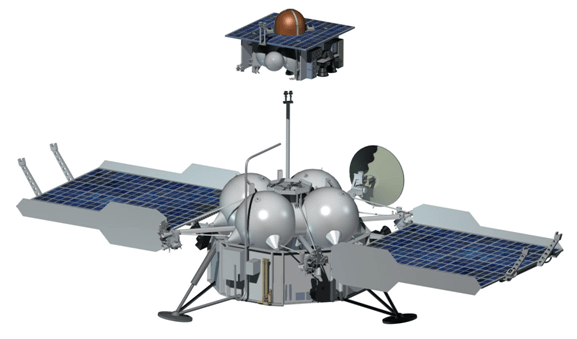
The spacecraft will reach the vicinity of Mars after an 11 month interplanetary cruise around October 2012. Following several months of orbital science investigations of Mars and its two moons and searching for a safe landing site, Phobos-Grunt will attempt history’s first ever touchdown on Phobos. It will conduct a comprehensive analysis of the surface of the tiny moon and collect up to 200 grams of soil and rocks with a robotic arm and drill.
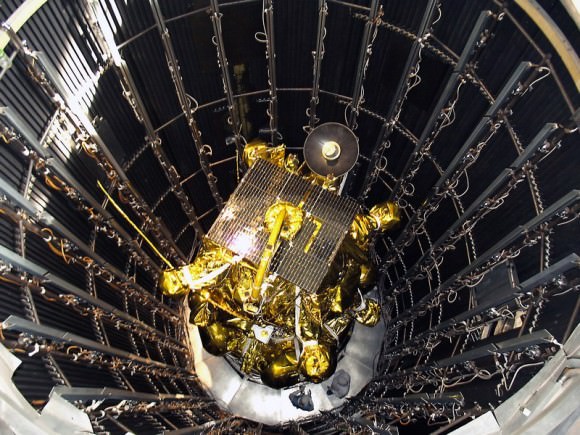
After about a year of surface operations, the loaded return vehicle will blast off from Phobos and arrive back at Earth around August 2014. These would be the first macroscopic samples returned from another body in the solar system since Russia’s Luna 24 in 1976.
“The way back will take between nine and 11 months, after which the return capsule will enter Earth’s atmosphere at a speed of 12 kilometers per second. The capsule has neither parachute nor radio communication and will break its speed thanks to its conical shape,” said chief spacecraft constructor Maksim Martynov according to a report from the Russia Today news agency. He added that there are two soil collection manipulators on the lander because of uncertainties in the characteristics of Phobos soil.
Phobos-Grunt was built by NPO Lavochkin and consists of a cruise stage, orbiter/lander, ascent vehicle, and Earth return vehicle.
The spacecraft weighs nearly 12,000 kg and is equipped with a sophisticated 50 kg international science payload, in particular from France and CNES, the French Space Agency.
Also tucked aboard is the Yinghou-1 microsatellite supplied by China. The 110 kg Yinghou-1 is China’s first probe to launch to Mars and will study the Red Planet’s magnetic and gravity fields and surface environment from orbit for about 1 year.
“It will be the first time such research [at Mars] will be done by two spacecraft simultaneously. The research will help understand how the erosion of Mars’ atmosphere happens,” said Professor Lev Zelyony from the Space Research Institute of the Russian Academy of Science, according to Russia Today.
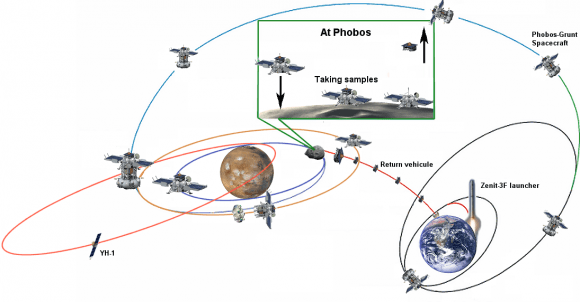
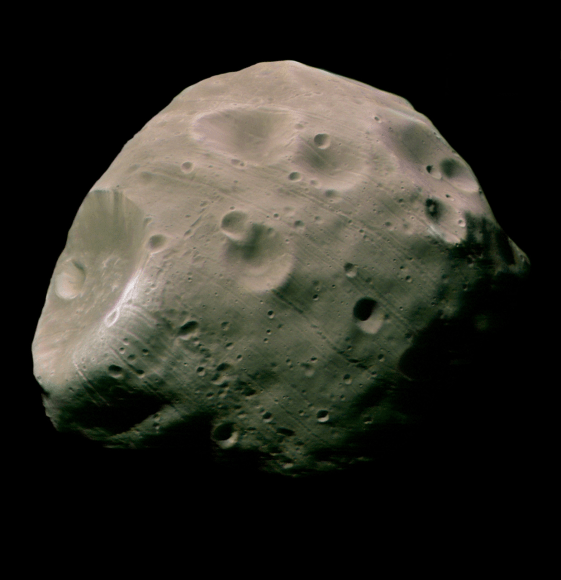
Read Ken’s continuing features about Phobos-Grunt, Curiosity and Opportunity starting here:
Assembling Curiosity’s Rocket to Mars
Encapsulating Curiosity for Martian Flight Test
Dramatic New NASA Animation Depicts Next Mars Rover in Action
Opportunity spotted Exploring vast Endeavour Crater from Mars Orbit
Twin Towers 9/11 Tribute by Opportunity Mars Rover
NASA Robot arrives at ‘New’ Landing Site holding Clues to Ancient Water Flow on Mars
Opportunity Arrives at Huge Martian Crater with Superb Science and Scenic Outlook
Opportunity Snaps Gorgeous Vistas nearing the Foothills of Giant Endeavour Crater
Opportunity Rover Heads for Spirit Point to Honor Dead Martian Sister; Science Team Tributes

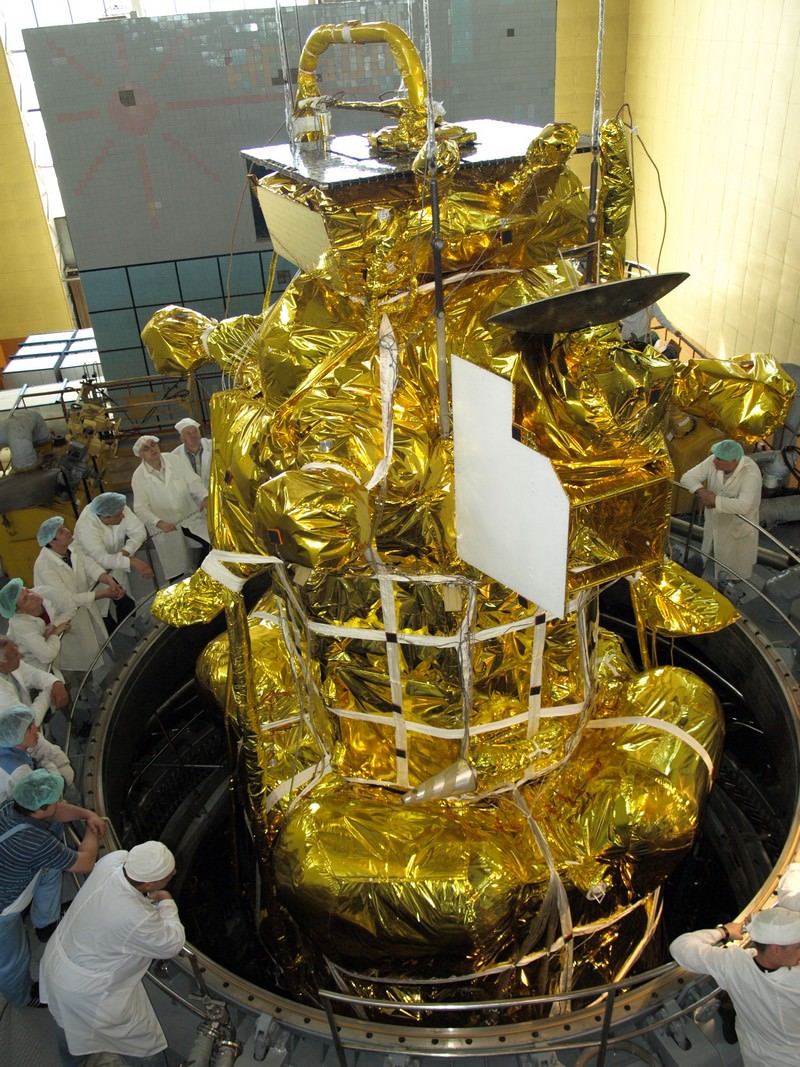
Geezzz… I hope nobody sneezed on it!
The concern here is that any microbe from Earth might contaminate Phobos and lead to finding them later… and wondering – Wha happen?
Not “the ” concern, I don’t think the Phobos-Grunt will be any more (perhaps less) cleaned than to bring the bacterial load we regularly send. I once went through what the standard clean left*, and with parachutes for a Mars landing it could be millions of bacteria spores.
As a comparison, seems skin (or gut) content from animals is ~ 10^13 cfu/cm^2*g (cfu = colony forming unit = healthy bacteria), so it is probably less bacteria transfered than if you touch Mars with your finger.
That said, since the LIFE experiment places a larger than usual bacterial load around Mars, those responsible have that made an inordinate effort to safeguard it. The experiment can withstand ~ 4000 g or a high velocity impact (on Earth!).
If the modern organisms we send somehow colonize, sequencing can sort out when the trip was made. The problem is if there is old enough impact transpermia: did it originate here or on Mars (or elsewhere in the system)?
——————
* The only crafts that got anything actually sterilized was the innards of the Viking landers, since the experiments needed to be guaranteed not to grow transported Earth bacteria.
Geezzz……I hope those darn Martians don’t sneeze on it…..with some virus …..for which we have no immunity!
Of course you are jesting, but it is a good question.
Viruses takes advantage of our genetic system. It is unlikely that any life on Mars would have the same system.
If there were common transpermia, there may be problems if it was late enough (similar enough cells).
“Phobos-Grunt will attempt history’s first ever touchdown on Phobos. It will conduct a comprehensive analysis of the surface of the tiny moon and collect up to 200 grams of soil and rocks with a robotic arm.”
According to Wikipedia: “…Phobos is covered with a layer of fine-grained regolith at least 100 meters thick…”! This reads grain, not dust. But still I wonder about the risk to the sample-return lander, in such a low-gravity environment, of being potentially enveloped in a damaging, mission-hindering cloud of thruster-stirred regolith.
The new space race! Takes me back to sputnik before I was alive.
If you weren’t alive how can it take you back? 😉
There was a recent NOVA episode about our history and relationship to dogs. It speculated that humans would have never settled in either the arctic or desert without the aid of the muzzles.
These robotic missions and the expertise we gain from them are akin to sending out the dogs.
We could only really call Phobos “Martian” if it was due to the enormous planet crash which is proposed to have happened. The theory is that Mars had a larger moon which spiraled into Mars and “flattened” the northern hemisphere. Phobos and Deimos might be ejecta from this event.
LC
I don’t think it is generally assumed to be a moon, since the impact was polar instead of equatorial. Re the current equatorial positions of Deimos, Phobos and the very oblique impact thought to have been deorbited moons.
Don’t forget the ongoing international contribution, Planetary Society’s LIFE experiment:
“The Planetary Society developed the two-phase LIFE – Living Interplanetary Flight Experiment – to investigate the transpermia hypothesis, the idea that a living organism might survive a journey through space to Earth inside a meteorite. […]
This fall, the LIFE module will fly aboard Russia’s Phobos Sample Return mission. Before we flew our microbes to Phobos, we had an exciting new opportunity for our experiment!
We just had the chance to test the survivability of our hardy organisms during space travel by flying LIFE on Space Shuttle flight STS-134,which returned on June 1, 2011. The very last flight of Shuttle Endeavour!”
The test organisms will be at least one species of eukaryotes (tardigrades), the archaea Haloarcula marismortui & Pyrococcus furiosus and the bacteria Deinococcus radiodurans & Bacillus subtilis.
any chance we will see some photos of the monolith
just to clarify – zenit is a ukrainian rocket, not russian:
http://en.wikipedia.org/wiki/Zenit-3F
although the rocket top, load and the mission are russian